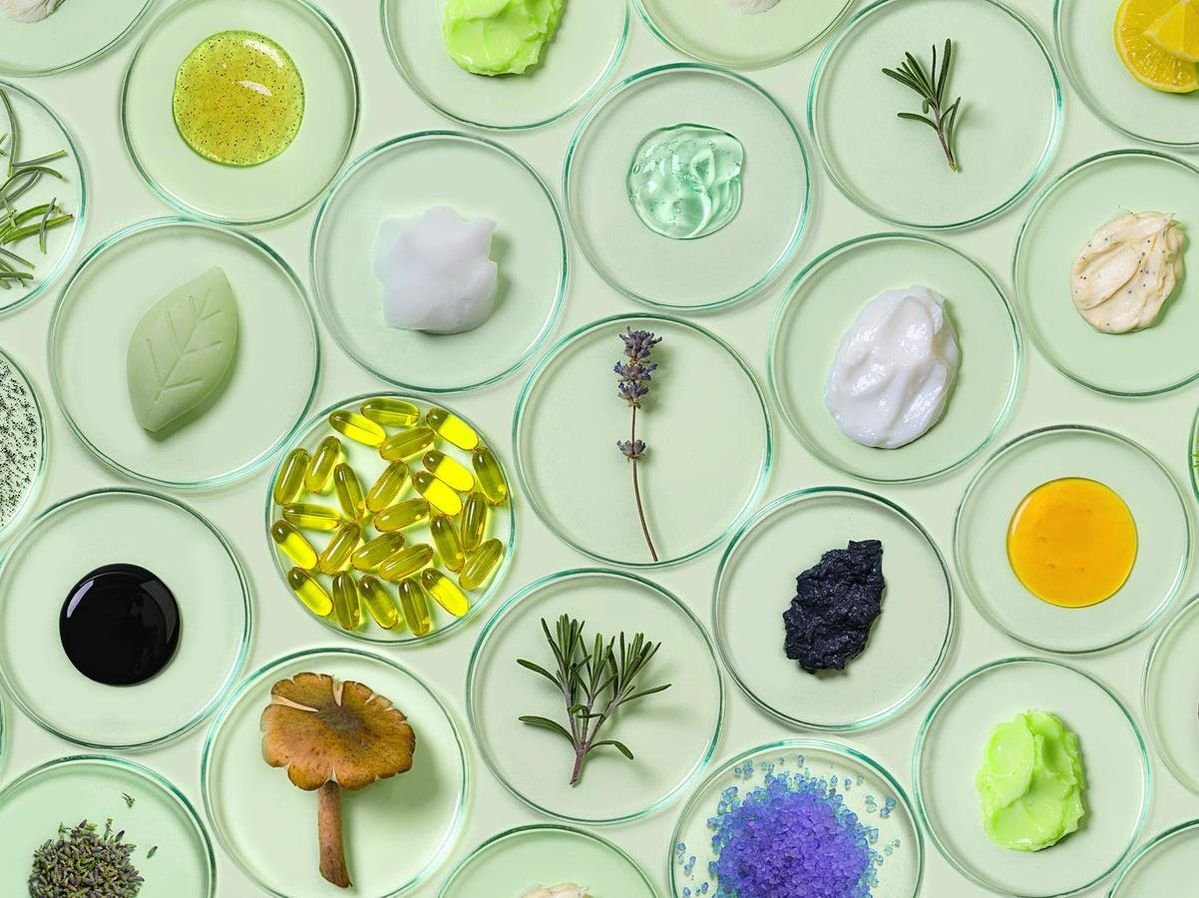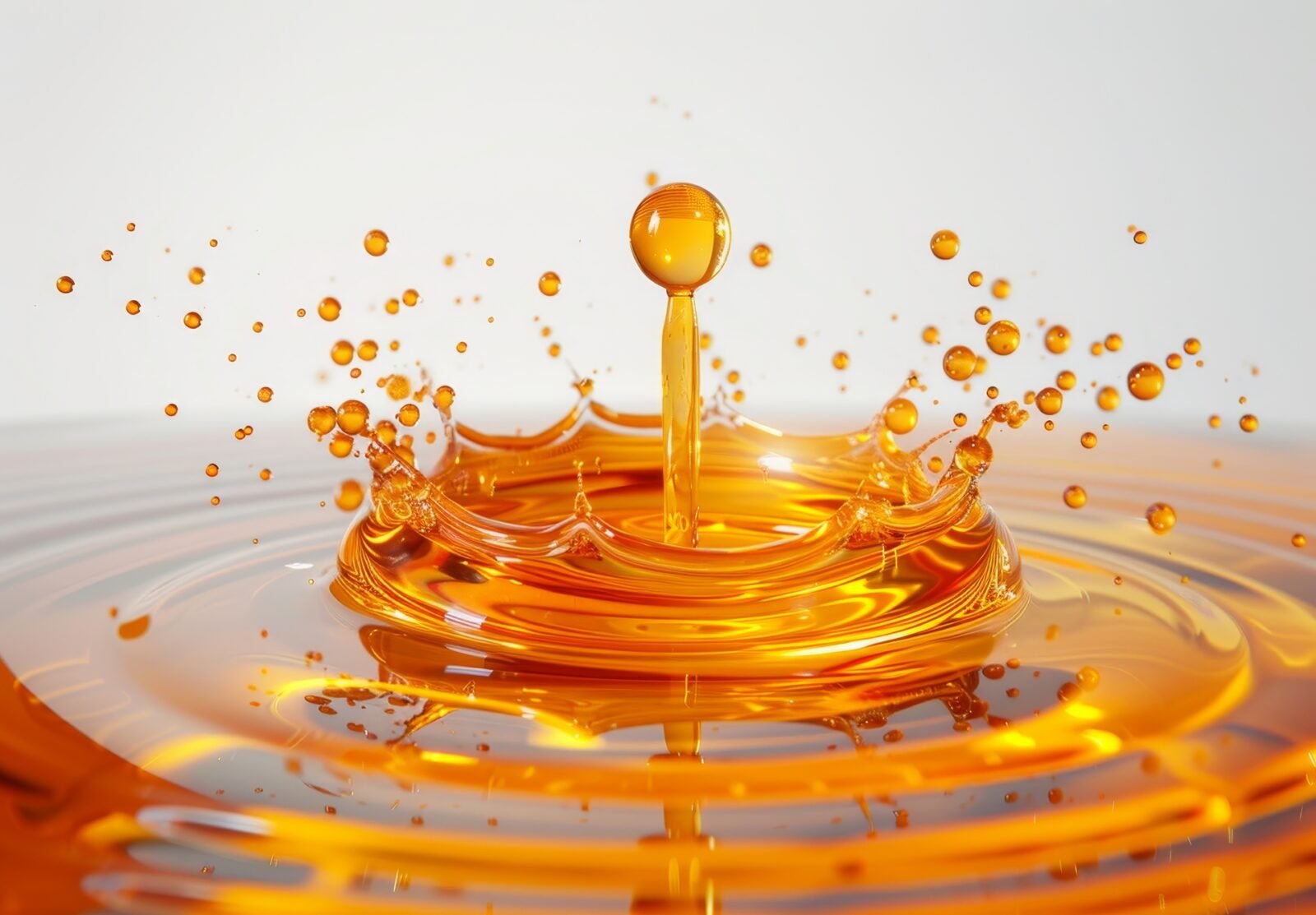Cosmetic chemists today are under pressure to create products that are natural, effective, and aligned with consumer expectations for sustainability. One of the strongest answers to this demand comes from Mediterranean vegetal extracts. These botanicals are not just marketing stories—they are active sources of polyphenols, flavonoids, and terpenes that provide measurable benefits. In fact, the scientific interest in Mediterranean plants has grown so much that search volumes for olive, chamomile, calendula, rosemary, and sage have steadily increased in cosmetic research communities. This article explores why formulators are drawn to these extracts, how modern extraction protects their potency, and why consumers trust them.
The Mediterranean Tradition in Cosmetics
For thousands of years, Mediterranean civilizations relied on plants to heal, soothe, and beautify. Olive oil was applied to skin as a moisturizer, chamomile tea was used to calm redness, and rosemary served as a cleansing tonic. Today, cosmetic scientists revisit these traditions with advanced analytical tools. Consequently, the same plants that shaped Mediterranean beauty rituals now stand at the center of modern cosmetic innovation.
Moreover, this region’s biodiversity contributes to its uniqueness. Plants grow under intense sunlight, salt exposure, and fluctuating climates. Because of these environmental pressures, they develop higher concentrations of protective metabolites. As a result, chemists value Mediterranean extracts for both tradition and scientific performance.
Technology Elevates Tradition
Although Mediterranean plants are powerful, their actives are delicate. Polyphenols degrade under heat, flavonoids oxidize quickly, and essential oils can evaporate. Traditional extraction methods often reduced their potency. However, new technologies change the equation.
Cold drying ensures that plants harvested at peak balsamic time retain their sensitive compounds. Additionally, Naviglio extraction applies pressure cycles at room temperature to release bioactives without heat damage. Consequently, the extracts obtained contain higher concentrations of intact molecules compared to conventional methods. In practice, this means formulators gain extracts that are both potent and stable, which saves time in development and enhances final product quality.
Key Mediterranean Extracts Chemists Search For
Search data and formulation trends highlight several Mediterranean extracts that consistently capture chemists’ attention:
Olive Leaf (Olea europaea)
Rich in oleuropein and hydroxytyrosol, olive leaf extract offers antioxidant, antimicrobial, and barrier-supportive properties. Therefore, it appears frequently in anti-aging serums and barrier creams. Furthermore, formulators trust olive extracts for their regulatory acceptance and consumer familiarity.
Chamomile (Matricaria chamomilla)
Chamomile’s bisabolol and apigenin deliver soothing, anti-inflammatory activity. As a result, chamomile hydroglycerins are trending in toners, serums, and sprays for sensitive skin. In addition, chamomile extracts align with claims around stress-relief and skin comfort, making them versatile across categories.
Calendula (Calendula officinalis)
Calendula contributes triterpenoids and carotenoids that accelerate skin regeneration. Consequently, formulators integrate calendula glycolic glycerins into barrier-repair creams and microbiome-friendly formulations. Notably, search terms like “calendula barrier cream” and “calendula soothing extract” show strong growth in recent years.
Rosemary (Rosmarinus officinalis)
Rosemary provides rosmarinic acid and carnosic acid, two potent antioxidants. Because it also exhibits antimicrobial activity, formulators often explore rosemary extracts for natural preservation strategies. Moreover, rosemary’s role in hair tonics and scalp health further boosts its demand in Google searches by chemists worldwide.
Sage (Salvia officinalis)
Sage contributes ursolic acid and flavonoids, which regulate sebum and improve skin tone. As a result, formulators use sage in oily-skin balancing creams and anti-aging products. Additionally, searches show that sage is increasingly seen as a multi-benefit extract, bridging both skincare and scalp care.
Scientific Validation of Mediterranean Extracts
Modern cosmetic R&D demands data. Consequently, Mediterranean extracts are frequently tested in in-vitro and in-vivo studies. Antioxidant assays (DPPH, ORAC) confirm their radical-scavenging capacity. In-vitro anti-inflammatory tests show that chamomile and calendula reduce pro-inflammatory cytokines. In-vivo studies on olive polyphenols demonstrate visible improvements in hydration and wrinkle reduction. Because these results support traditional claims with scientific evidence, they make Mediterranean extracts even more attractive for chemists and regulatory teams alike.
Regulatory and Safety Considerations
Cosmetic scientists not only care about efficacy but also about compliance. Mediterranean vegetal extracts often carry a favorable regulatory profile. Many are listed in pharmacopeias, used historically in foods, and approved for topical use. Therefore, formulators can integrate them more easily compared to newer, less documented actives. Moreover, their “natural” positioning supports marketing claims without requiring synthetic stabilizers. In conclusion, they check both safety and consumer acceptance boxes simultaneously.
Consumer Perception and Market Drivers
Consumers increasingly associate Mediterranean plants with health, balance, and natural beauty. For instance, olive leaf suggests purity, chamomile conveys calm, and rosemary reflects vitality. Because of this perception, formulators who highlight Mediterranean sourcing can enhance brand storytelling. In fact, “Mediterranean” has become a recognized label in the clean beauty movement, further increasing search traffic around these botanicals.
Formulation Challenges and Solutions
While Mediterranean extracts are powerful, formulators face challenges. For example, some extracts oxidize quickly, while others alter the pH of formulas. However, stabilizing systems such as hydroglycerins and glycolic glycerins address these issues. Additionally, encapsulation technologies improve solubility and release. As a result, chemists can now integrate Mediterranean actives into a wide range of products—from clear gels to emulsions—without losing performance.
Applications Across Cosmetic Categories
Mediterranean vegetal extracts appear across multiple product types:
- Serums and essences enriched with olive polyphenols for antioxidant defense
- Toners and sprays infused with chamomile for soothing sensitive skin
- Creams and balms featuring calendula for barrier repair
- Shampoos and scalp tonics powered by rosemary and sage
- Clean-label formulations that emphasize natural sourcing and transparency
Consequently, these extracts provide formulators with versatility and consumers with credibility.
Conclusion: Why Chemists Continue to Search Mediterranean Extracts
Mediterranean vegetal extracts sit at the intersection of science, tradition, and market demand. They deliver actives that are potent, safe, and consumer-friendly. Furthermore, advances in cold drying and Naviglio extraction allow chemists to harness their full potential. Therefore, searches for “Mediterranean plant actives” will only continue to grow. For formulators aiming to build next-generation products, these extracts are not optional—they are essential.
Explore Natural Alternatives in Your Formulations
Mediterranean vegetal extracts deliver tradition supported by modern science. Since technologies preserve sensitive actives, formulators gain access to stable, high-quality raw materials that can elevate products in a competitive market. Therefore, integrating Mediterranean botanicals now ensures both innovation and consumer trust.
To explore Mediterranean vegetal extracts for your own formulations, visit our Active Ingredients or Request a Sample today.
What are Mediterranean vegetal extracts used for in cosmetics?
They are used for anti-aging, antioxidant protection, soothing sensitive skin, strengthening the barrier, and supporting scalp and hair vitality.
Why are Mediterranean plants rich in cosmetic actives?
Because they grow under sun and environmental stress, Mediterranean plants develop protective metabolites such as polyphenols and flavonoids, which act as effective cosmetic actives.
Which Mediterranean extracts are most popular in formulations?
Olive leaf, chamomile, calendula, rosemary, and sage rank as the most popular, frequently searched by chemists for soothing, antioxidant, and anti-aging benefits.







